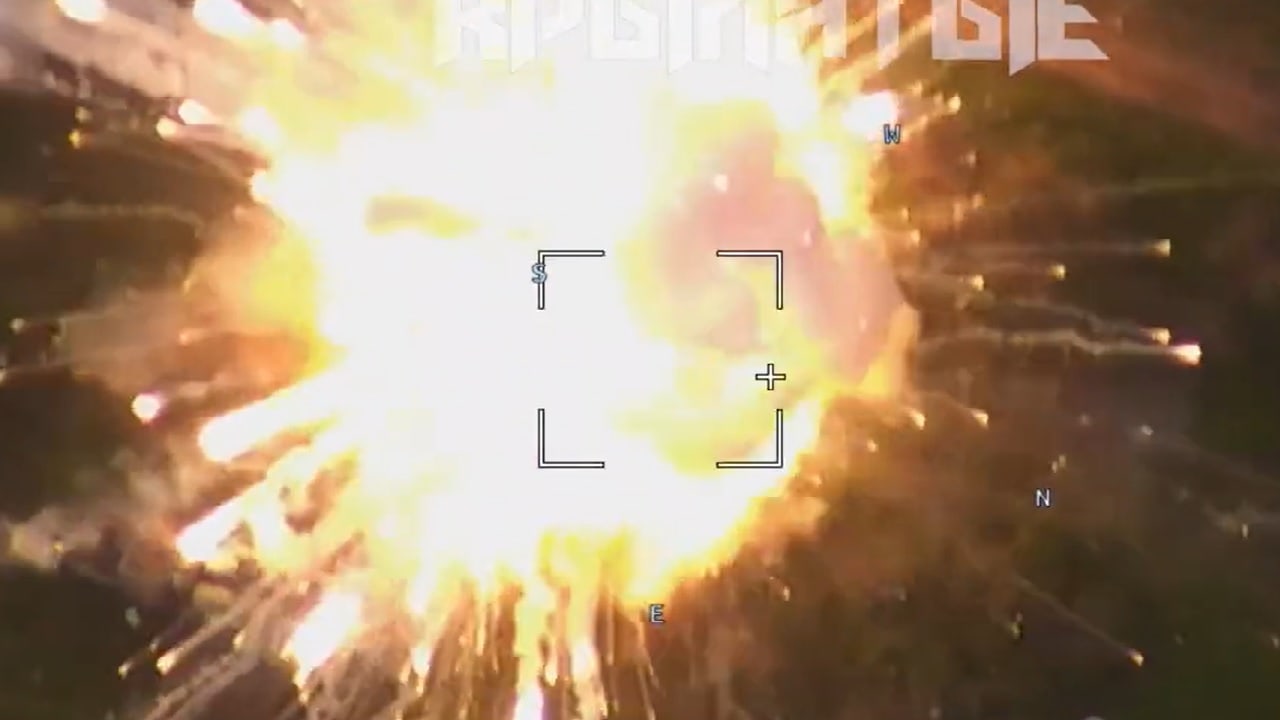Analysts have criticized the slow pace of the counteroffensive Ukraine launched in June. U.S. officials specifically voiced frustration over the lack of progress on the frontlines earlier this month, when it was reported that Ukraine had gained less than 100 square miles of territory.
Ukrainian President Volodymyr Zelensky blames a lack of ammunition and other essential military equipment, despite the billions of dollars in aid packages provided to Kyiv by the U.S. and its NATO allies.
After last week, however, the trajectory of Kyiv’s efforts appears to be changing. According to Ukrainian officials, its troops have carried out the country’s most ambitious and challenging mission to date in the occupied region of Crimea.
On Aug. 23, Kyiv launched an attack on a major Russian weapons depot in western Crimea. Cape Tarkhankut is considered by some analysts to be the keystone of Russian air and naval defenses across Crimea and the Black Sea. The Ukrainian peninsula has been illegally occupied by Russian forces since 2014 and houses some of the country’s best military systems.
Introducing the S-400 and P-800
The S-400 “Triumf” was designed by Russia to replace its aging S-300P and S-200 air defense variants. The Triumf uses four new missile types in addition to the missiles that its predecessors use, including the 9M96E2 and 9M96E1. With a lethal range of approximately 250 km, the S-400 can strike deep into Ukraine.
The P-800 Onyx is another formidable weapon. Codenamed SS-N-26 Strobile by NATO, the anti-ship missile has a range of 300 km in its default trajectory, and a range of 120 km in a low-altitude trajectory. As detailed by CSIS, “In typical flight, the missile can reach altitudes of up to 14 km and speeds of up to 750m/s (Mach 2.2). When approaching the target, the missile descends to a 10 – 15 m altitude to avoid detection. At low/terminal altitudes, the missile’s maximum speed is 680m/s (Mach 2).”
While Russian state media has not confirmed Kyiv’s claims regarding the Crimea barrage, videos showing the targeted attacks have circulated widely on social media. According to Ukraine’s Main Directorate of Intelligence, “The installation itself, the missiles installed on it and the personnel were completely destroyed” as a result of the explosion. In a separate assault, Ukraine targeted a Bastion launch system for Moscow’s Onyx supersonic anti-ship missiles, as well as other radar stations in Crimea.
Kyiv Makes Moves in Crimea
Since February 2022, Moscow has used S-400 surface-to-air missile systems (SAMs) and Onyx missiles to target Ukraine’s port cities along the Black Sea coastline. From critical energy infrastructure to civilian residences, these Russian weapons have killed many Ukrainians, making the reported attack on Cape Tarkhankut very significant. In recent months, Kyiv has escalated its strikes targeting Russian assets in Crimea, using S-200 SAMs, explosive-laden drone boats, and other weaponry.
Kyiv is determined to cut off the land connection between Russia and Crimea to complicate Moscow’s ability to resupply its positions in Ukraine. Last week’s attack on Russia’s critical missile and radar sites may be the stepping stone Kyiv needs to ensure its blockade is successful.
Maya Carlin, a Senior Editor for 19FortyFive, is an analyst with the Center for Security Policy and a former Anna Sobol Levy Fellow at IDC Herzliya in Israel. She has by-lines in many publications, including The National Interest, Jerusalem Post, and Times of Israel. You can follow her on Twitter: @MayaCarlin.
From the Vault
The Navy Sent 4 Battleships To Attack North Korea
‘Sir, We Hit a Russian Submarine’: A U.S. Navy Sub Collided with a Nuclear Attack Sub

